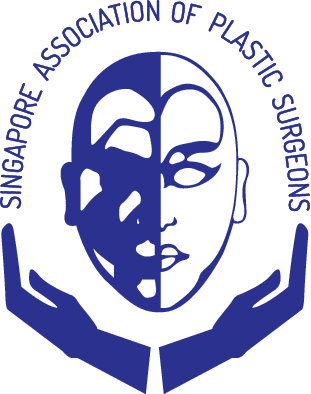LOWER LIMB RECONSTRUCTION
Author: Dr Terence Goh
Lower limb reconstruction is done with the aims of limb salvage and preserving function. As plastic surgeons, we work closely with the general surgeons and orthopaedic surgeons who are often the referring surgeons for conditions that may threaten limb loss. Here is a list of common conditions that may lead to a referral for lower limb reconstruction:
- Trauma – open fractures or degloving injuries involving the lower limb
- Cancer
- Infection – necrotising fasciitis or diabetic infections of the foot and lower limb
The lower limb can be broadly divided into 2 main areas: above knee and below knee. The below knee area can be futher sub-divided into 3 broad areas : upper 1/3, middle 1/3 and lower 1/3.
- Above knee defects. In the area from the hip to the knee, there is often abundant soft tissue, hence most of the soft tissue defects in this area are amenable to reconstruction with direct closure or local and pedicle flaps.
- Upper third of the Leg – The upper third of the leg including the knee can be reconstructed with either pedicle flaps from the thigh or from the calf area. Some of the common conditions we treat in this area include 1. Infections after total knee reconstruction and 2. Open injuries or fractures to the knee. The gastrocnemius or hemisoleus flap (muscles from the calf) can be used to reconstruct distal knee defects and defects in the upper third of the leg, whilst the anteriorlateral thigh flap (from the thigh) can be used in the reconstruction of proximal knee defects.
- Middle third of the leg – The middle third of the leg injuries often present as open fractures of the tibia bone and reconstruction can be performed with the adjacent gastrocnemius or hemisoleus muscle flaps. In severe cases of open tibia fracture where there is a lot of collateral damage to the muscle, a free tissue transfer
may be necessary.
- Distal third of the leg – The distal third of the leg includes the ankle and the foot. The main distinction in this area is the absence of soft tissue around the ankle joint and the foot for local or pedicle flaps. Traditionally, injuries to this area or infections affecting this area often requires free tissue transfer for reconstruction. However, with advances in reconstruction, selected conditions may still be amenable to reconstruction using pedicled flaps.
- Diabetic foot conditions – Patients with diabetic foot ulcers deserve a special mention here as this is becoming an increasingly common reason for lower limb amputation. Early medical attention can allow early intervention to improve diabetic control, improve blood supply to the foot and treatment of the infection to prevent further tissue loss. In the past, reconstruction and limb salvage for diabetic patients used to be unpopular due to the high failure rates. With improved understanding of flap physiology we are now able to provide reconstruction and limb salvage for patients with diabetic
TREATMENT
Depending on the severity of the injuries to the lower limb, your reconstruction may involve primary closure of skin, skin grafting, use of vacuum assisted devices for delayed closure, local flaps and free tissue transfer. Speak to you plastic surgeon early to discuss options for limb salvage and reconstruction.
Complications and Management
Limb reconstruction and limb salvage can life-changing for patients as they regain or maintain the ability to ambulate. However the road to recovery can be long and it may take some time before they are rehabilitated to full recovery.
There are also potential complications:
- Infections at both the recipient (injured) site and the donor site
- Bleeding, bruising, swelling and hematoma which may require blood transfusions
- Flap loss – partial flap failure or complete flap failure
- May require revision of flap or secondary flap procedures
- Scars
- Loss of function
- Complications from anaesthesia
- Complications from prolonged bedrest
